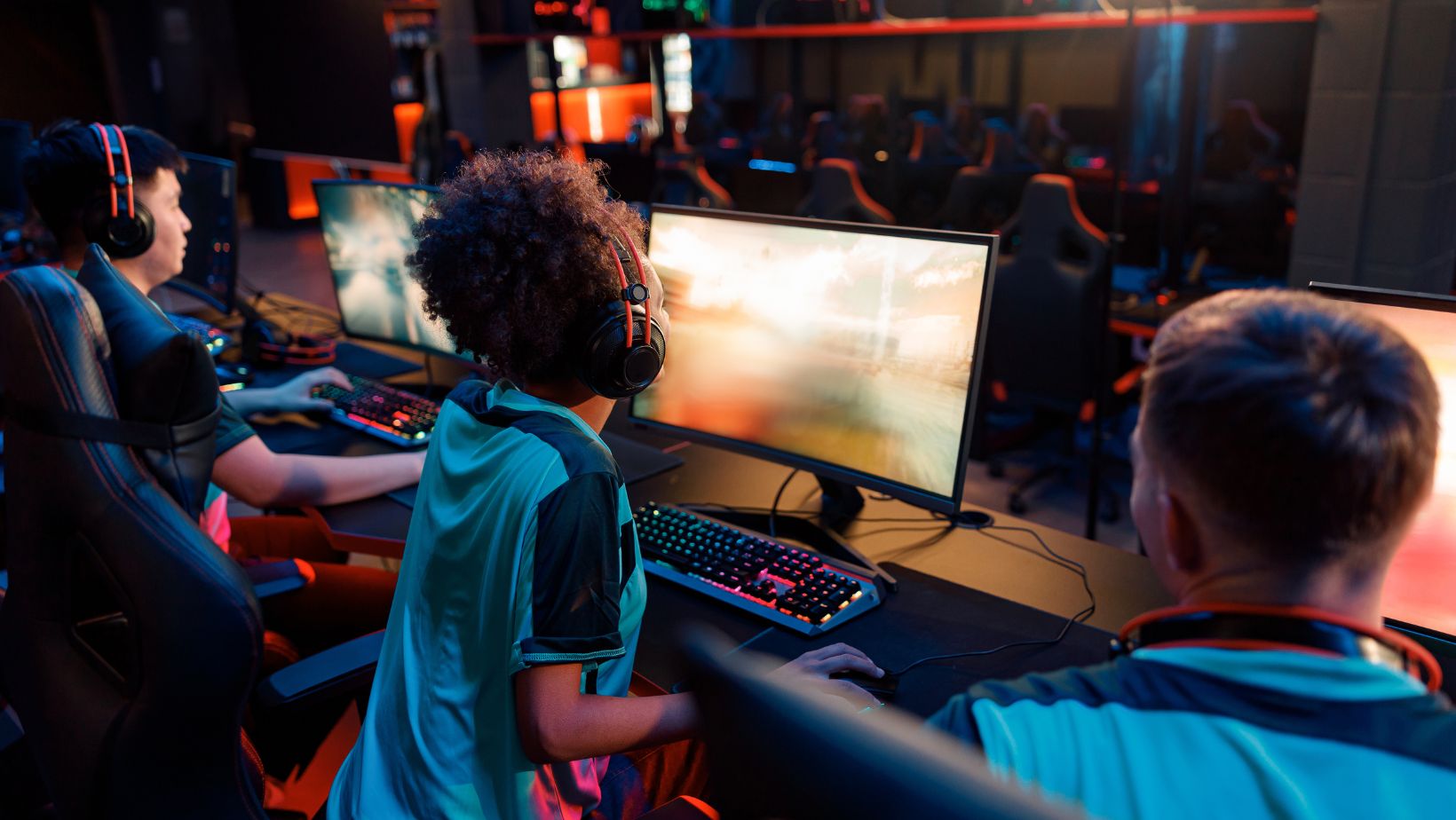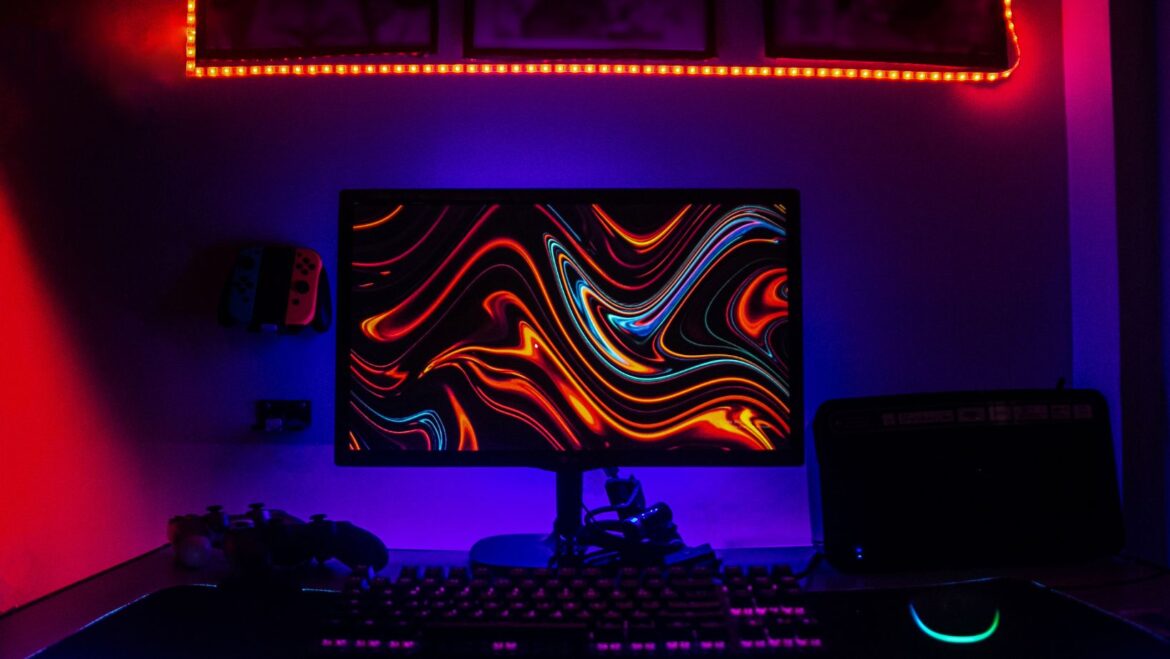The world of online slot gacor has undergone a remarkable transformation over the past 25 years. One of the most visible and celebrated aspects of that evolution is the advancement in graphics technology. From pixelated avatars to photorealistic characters and dynamic environments, the visuals of online games have come a long way—and continue to push boundaries.
This article takes a deep dive into the evolution of online gaming graphics from the year 2000 to 2025, exploring the milestones, technologies, and innovations that have shaped the online gaming experience as we know it today.
Online Gaming Graphics in 2000: The Early 3D Era
At the turn of the millennium, online games were just beginning to explore the possibilities of 3D graphics. Popular titles like EverQuest and Counter-Strike 1.6 showcased basic polygonal characters, flat textures, and limited lighting effects.
Key characteristics of the era:
- Low-resolution textures
- Blocky character models
- Simple particle effects
- Static lighting
- Minimal animations
Despite the graphical limitations, these games laid the foundation for large-scale online interactions and multiplayer competition.
Mid-2000s: Rise of MMOs and Better Shading
Between 2005 and 2010, the industry saw massive improvements in graphics thanks to the introduction of more advanced shading techniques, higher texture resolutions, and better physics engines.
Notable advancements:
- World of Warcraft popularized stylized visuals and massive open worlds
- Source Engine (used in Half-Life 2, CS: Source) introduced dynamic lighting and realistic physics
- DirectX 9 and 10 enabled smoother visuals and more fluid animations
Games began incorporating more detailed environments, better UI design, and early versions of in-game weather effects.
2010 to 2015: Realism Begins to Take Shape
The early 2010s marked the shift toward realism in online games. Developers focused on immersive environments, smoother character models, and lifelike physics.
Key improvements:
- Normal and bump mapping added depth to textures
- Dynamic weather and day/night cycles
- Tessellation allowed more complex surfaces
- Improved lighting and shadow systems
Games like Battlefield 3, Skyrim (with online mods), and Guild Wars 2 set new benchmarks for immersive graphics in online multiplayer titles.
2015 to 2020: The Dawn of 4K and Advanced Engines
As PC hardware and console capabilities improved, developers embraced 4K resolutions, real-time lighting, and cinematic quality animations.
Key technologies:
- Unreal Engine 4 and Unity 5 enabled indie and AAA studios alike to create beautiful visuals
- Physically Based Rendering (PBR) made materials behave realistically under different lighting
- Volumetric fog and atmospheric effects enhanced immersion
- Motion capture technology elevated character realism
Games like The Division, Destiny 2, and Final Fantasy XIV (revamped) showcased online gaming worlds that looked almost real, especially with the right hardware.
2020 to 2025: The Era of Ray Tracing and AI-Enhanced Graphics
The last five years have brought the most groundbreaking visual improvements yet. Real-time ray tracing, DLSS, AI upscaling, and photogrammetry are now standard in many online games.

Key trends in this era:
1. Real-Time Ray Tracing
Ray tracing simulates the behavior of light with stunning realism. It enables:
- Accurate reflections
- Soft shadows
- Global illumination
Games like Cyberpunk 2077 (Multiplayer Expansion) and Call of Duty: Warzone 2 utilize ray tracing for enhanced realism.
2. AI and Deep Learning in Graphics
Technologies like DLSS (Deep Learning Super Sampling) allow games to render at lower resolutions while looking sharper, which improves performance without sacrificing quality.
3. Hyper-Realistic Environments
Photogrammetry (scanning real-world textures and models) is used in games like Microsoft Flight Simulator Online and Escape from Tarkov to create lifelike surroundings.
4. Custom Avatars and Digital Twins
With AI tools and detailed facial mapping, players can now create in-game avatars that closely resemble their real-world appearance. Some games even offer facial tracking via webcam.
5. Cross-Platform Graphics Scalability
Thanks to cloud gaming and scalable engines like Unreal Engine 5, the same game can be enjoyed in high fidelity on PC or in simplified form on mobile devices.
The Role of Game Engines in This Evolution
Game engines have played a critical role in driving graphical progress. The most influential engines from 2000 to 2025 include:
- Unreal Engine (2, 3, 4, 5) – Industry-leading visuals and tools
- Source Engine – Laid the groundwork for modern FPS design
- Unity – Opened the door for indie developers to create beautiful worlds
- CryEngine – Pushed realism with games like Crysis
- Frostbite – Used by EA for realistic shooter and sports games
These engines have evolved to support better rendering pipelines, VR integration, cloud streaming, and AI-driven design.
Impact of Graphics on Online Gameplay
Better graphics don’t just improve visuals—they enhance gameplay too.
- Improved visibility in competitive shooters means better performance
- Environmental storytelling makes online RPGs and survival games more immersive
- Realistic physics add challenge and strategy to puzzles or combat
- More detailed animations improve hit registration and movement prediction
For many players, high-quality visuals also contribute to a deeper sense of emotional investment in characters, narratives, and multiplayer experiences.
Looking Ahead: What’s Next for Online Game Graphics?
By 2030, we can expect even more dramatic leaps in graphical fidelity for online games:
- Full photorealism in cloud-streamed multiplayer games
- AI-generated worlds and procedural environments that adapt to each player
- Holographic or AR-enhanced online games
- Immersive haptic feedback systems paired with realistic visuals for VR
- Real-time weather synced with your location
Graphics will no longer just serve as eye candy—they’ll become core elements of the online gameplay experience itself.
Final Thoughts
From blocky polygons in 2000 to near-photorealistic visuals in 2025, the evolution of online gaming graphics is nothing short of extraordinary. As technology continues to accelerate, the lines between virtual and real worlds will blur even further.
Whether you’re battling in an FPS arena, exploring a massive open world, or joining friends in a fantasy MMO, today’s visuals offer immersion like never before. And this is just the beginning.




